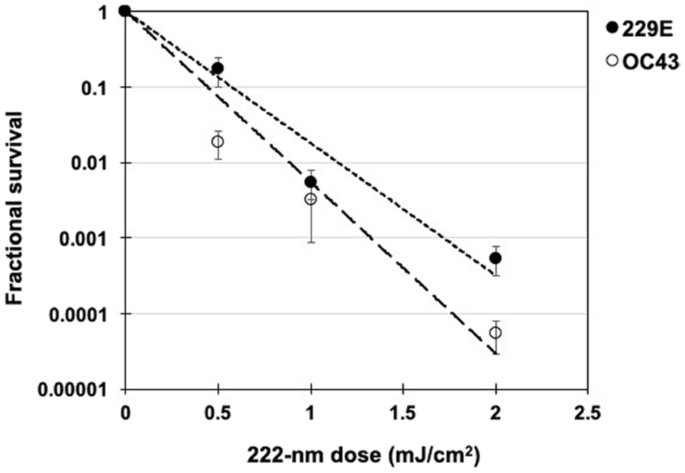keepitreal
Platinum Member
McConaughey asked Fauci whether it’s true that sunlight kills the virus (which has sickened more than 5.2 million people in the US and killed almost 168,000 at this point, according to Johns Hopkins University). “It does,” Fauci replied. “That’s one of the reasons why outside in the sun when you are interacting … That is much, much better than being inside … Outside is always better than inside.”
From there, McConaughey asked if this is partly why some tropical island nations like Japan have been much better off comparatively during the pandemic than the US. Fauci agreed that’s likely the case, which also squares with the results of a study published in the Journal of Photochemistry and Photobiology back in June.
It found that “90% or more of SARS-CoV-2 virus will be inactivated after being exposed (to the summer sun) for 11 to 34 minutes.” Moreover, researchers added that “99% of SARS-CoV-2 may be inactivated within the two hours period around solar noon during summer in most US cities located south of latitude 43 degrees north,” which encompasses much of the US.

 bgr.com
bgr.com
Previous studies have demonstrated that SARS-CoV-2 is stable on surfaces for extended periods under indoor conditions.
Ninety percent of infectious virus was inactivated every 6.8 minutes in simulated saliva
and every 14.3 minutes in culture media when exposed to simulated sunlight representative of
the summer solstice at 40°N latitude at sea level on a clear day
In contrast to simulated sunlight, no significant decay was observed in darkness over the 60-minute test duration, which is consistent with previously published data with both SARS-CoV-2 and SARS-CoV-1 [4, 5, 9, 20]. van Doremalen et al [4] reported half-lives of 5.6 and 6.8 hours for SARS-CoV-2 on nonporous stainless steel and plastic surfaces, respectively, under indoor conditions, or approximately 18 to 23 hours for a 90% reduction in infectivity. Chan et al [9] reported that it took 3–5 days to lose 90% of infectivity of SARS-CoV-1 dried on a surface under indoor conditions
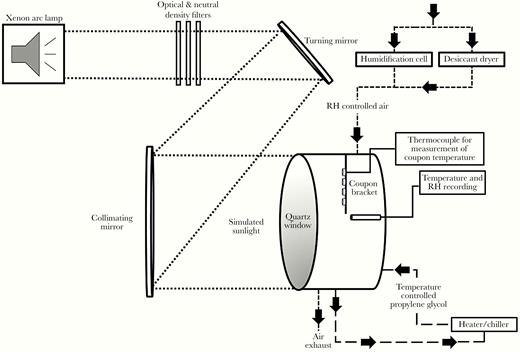
 academic.oup.com
academic.oup.com
In previous outbreaks with related coronaviruses, including severe acute respiratory syndrome coronavirus 1 (SARS-CoV-1) and Middle East respiratory syndrome coronavirus (MERS-CoV), both genetic material and infectious virus were detected in air samples, suggesting aerosol transmission as a possible transmission route [2–5]. Similarly, SARS-CoV-2 genetic material has been detected in air samples taken in COVID-19 patient treatment facilities, as well as in surface swabs from room exhaust vents and patient masks, suggesting the possibility of aerosol transmission [6–8].
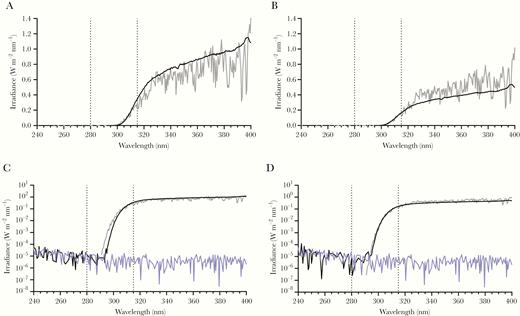
 academic.oup.com
academic.oup.com
I already posted comments pertaining to the above I believe back in April maybe...
based on the published studies pertaining to SARS, MERS and AI I had found during my research
I had stated very early on airborne transmission was occurring
I have so much I want to state, yet don't know where to begin
nor how to do so cohesively
I will say this though...Covid-19 is bilateral pneumonia, pneumonia in both lungs
The ONLY emerging infectious disease with pandemic potential back in Dec '19 in Hubei, China
causing bilateral pneumonia, cytokine storms, respiratory failure, glassy, opaque masses
effecting blood coagulation cells, low red blood cell counts, requiring mechanical ventilation or intubation,
14 day quarantines, contact tracing..whose symptoms at onset were fever, cough, chills and lethargic
effecting mainly men, elderly and those with underlying medical conditions
was an Antigenic Variant of a Highly Pathogenic AI H7N9 subtype that emerged in March 2019
and attributed to the change of virus strain used in vaccines in poultry vaccinations beginning in 2018
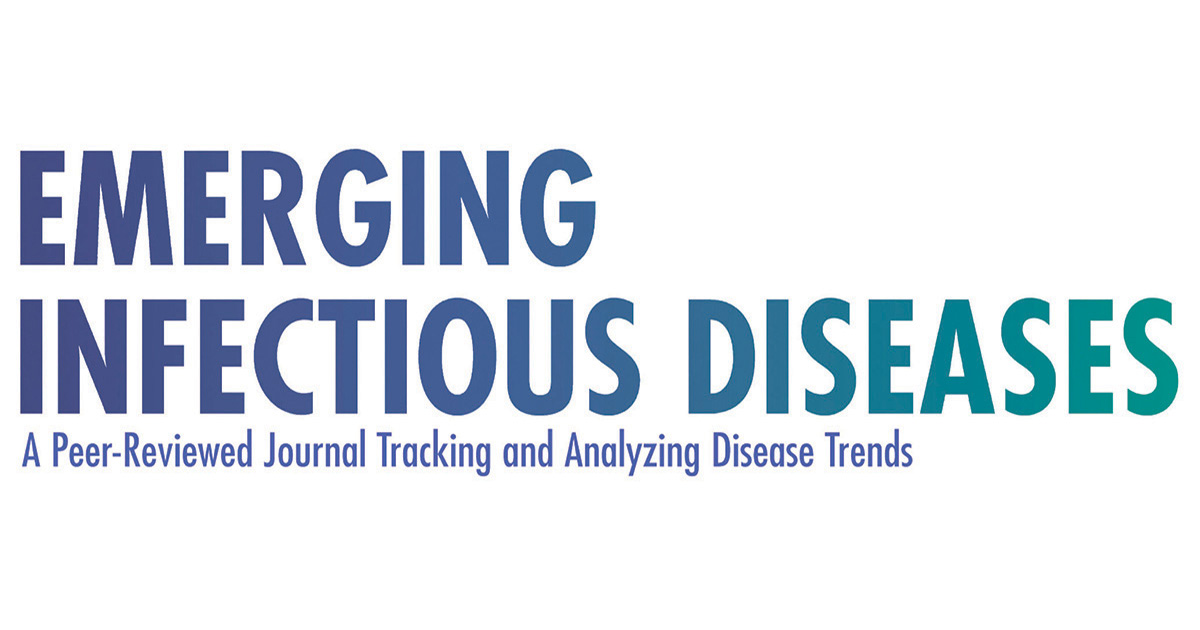
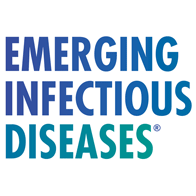 web.archive.org
(when I started researching in Jan, ^ that was the FIRST article showing up on our own CDC site...
web.archive.org
(when I started researching in Jan, ^ that was the FIRST article showing up on our own CDC site...
there was NOTHING about Viral Pneumonia of unknown cause outbreaks in China despite they were happening)
 www.ncbi.nlm.nih.gov
www.ncbi.nlm.nih.gov

From there, McConaughey asked if this is partly why some tropical island nations like Japan have been much better off comparatively during the pandemic than the US. Fauci agreed that’s likely the case, which also squares with the results of a study published in the Journal of Photochemistry and Photobiology back in June.
It found that “90% or more of SARS-CoV-2 virus will be inactivated after being exposed (to the summer sun) for 11 to 34 minutes.” Moreover, researchers added that “99% of SARS-CoV-2 may be inactivated within the two hours period around solar noon during summer in most US cities located south of latitude 43 degrees north,” which encompasses much of the US.

The coronavirus has a weakness you can easily exploit, according to Fauci
The latest coronavirus update from White House health advisor Dr. Anthony Fauci includes some good news. In an Instagram Live interview with actor Matthew McConaughey, …
Previous studies have demonstrated that SARS-CoV-2 is stable on surfaces for extended periods under indoor conditions.
Ninety percent of infectious virus was inactivated every 6.8 minutes in simulated saliva
and every 14.3 minutes in culture media when exposed to simulated sunlight representative of
the summer solstice at 40°N latitude at sea level on a clear day
In contrast to simulated sunlight, no significant decay was observed in darkness over the 60-minute test duration, which is consistent with previously published data with both SARS-CoV-2 and SARS-CoV-1 [4, 5, 9, 20]. van Doremalen et al [4] reported half-lives of 5.6 and 6.8 hours for SARS-CoV-2 on nonporous stainless steel and plastic surfaces, respectively, under indoor conditions, or approximately 18 to 23 hours for a 90% reduction in infectivity. Chan et al [9] reported that it took 3–5 days to lose 90% of infectivity of SARS-CoV-1 dried on a surface under indoor conditions

Simulated Sunlight Rapidly Inactivates SARS-CoV-2 on Surfaces
This study provides the first evidence that sunlight may rapidly inactivate SARS-CoV-2 on surfaces, suggesting that persistence, and subsequently exposure
In previous outbreaks with related coronaviruses, including severe acute respiratory syndrome coronavirus 1 (SARS-CoV-1) and Middle East respiratory syndrome coronavirus (MERS-CoV), both genetic material and infectious virus were detected in air samples, suggesting aerosol transmission as a possible transmission route [2–5]. Similarly, SARS-CoV-2 genetic material has been detected in air samples taken in COVID-19 patient treatment facilities, as well as in surface swabs from room exhaust vents and patient masks, suggesting the possibility of aerosol transmission [6–8].

Airborne SARS-CoV-2 Is Rapidly Inactivated by Simulated Sunlight
This study demonstrates that simulated sunlight rapidly inactivates SARS-CoV-2 in small-particle aerosols, suggesting that exposure risk may vary significa
I already posted comments pertaining to the above I believe back in April maybe...
based on the published studies pertaining to SARS, MERS and AI I had found during my research
I had stated very early on airborne transmission was occurring
I have so much I want to state, yet don't know where to begin
nor how to do so cohesively
I will say this though...Covid-19 is bilateral pneumonia, pneumonia in both lungs
The ONLY emerging infectious disease with pandemic potential back in Dec '19 in Hubei, China
causing bilateral pneumonia, cytokine storms, respiratory failure, glassy, opaque masses
effecting blood coagulation cells, low red blood cell counts, requiring mechanical ventilation or intubation,
14 day quarantines, contact tracing..whose symptoms at onset were fever, cough, chills and lethargic
effecting mainly men, elderly and those with underlying medical conditions
was an Antigenic Variant of a Highly Pathogenic AI H7N9 subtype that emerged in March 2019
and attributed to the change of virus strain used in vaccines in poultry vaccinations beginning in 2018

Antigenic Variant of Highly Pathogenic Avian Influenza A(H7N9) Virus, China, 2019
In China, influenza A(H7N9) virus appeared in 2013, then mutated into a highly pathogenic virus, causing outbreaks among poultry and cases in humans...
there was NOTHING about Viral Pneumonia of unknown cause outbreaks in China despite they were happening)
The re-emergence of highly pathogenic avian influenza H7N9 viruses in humans in mainland China, 2019 - PMC
After no reported human cases of highly pathogenic avian influenza (HPAI) H7N9 for over a year, a case with severe disease occurred in late March 2019. Among HPAI H7N9 viral sequences, those recovered from the case and from environmental samples of ...
Risk Assessment of Fifth-Wave H7N9 Influenza A Viruses in Mammalian Models
The fifth wave of the H7N9 influenza epidemic in China was distinguished by a sudden increase in human infections, an extended geographic distribution, and the emergence of highly pathogenic avian influenza (HPAI) viruses. Genetically, some H7N9 viruses from the fifth wave have acquired novel...
jvi.asm.org
